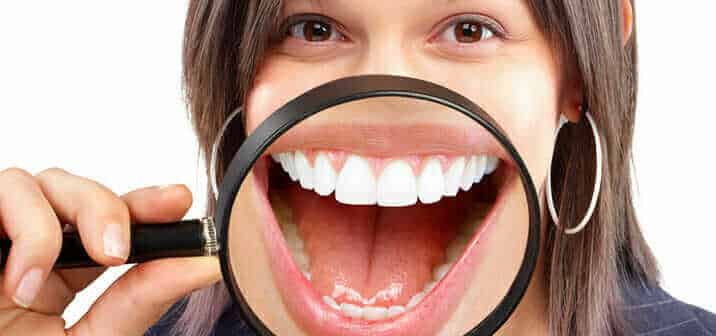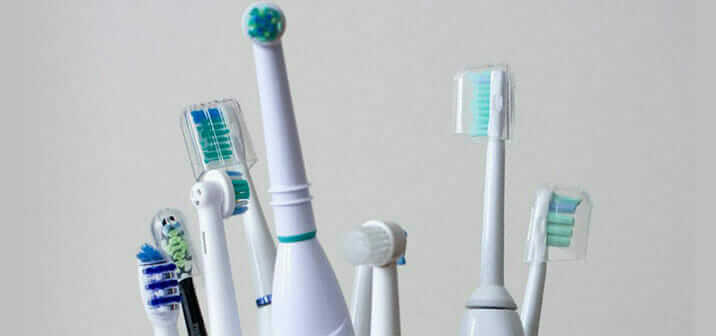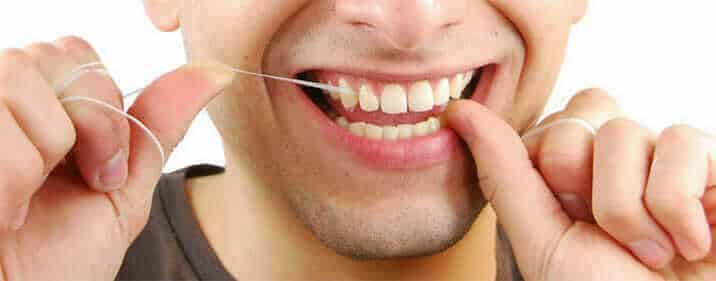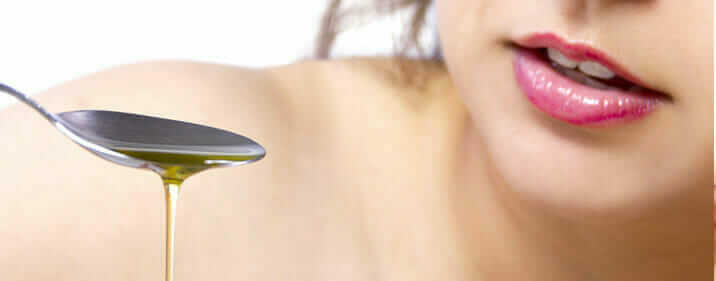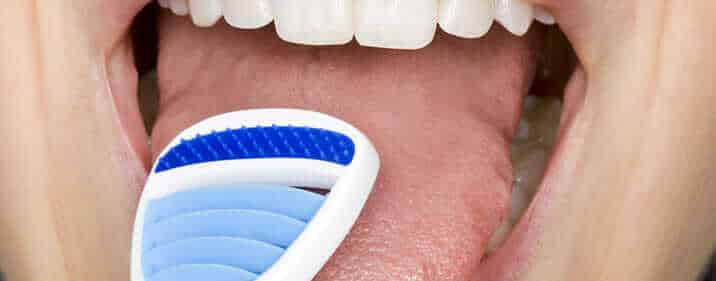Standing in front of the toothbrush selection in your supermarket, which one do you choose? There are so many shapes and sizes, each with a different type of bristles. If you don’t know which to choose, keep on reading. We will share some tips to help you find the ideal toothbrush for your needs.
Size
Look at the different toothbrush heads. They come in a range of sizes and shapes to match your mouth. You need a toothbrush that can easily fit into the back of your mouth to clean the rear molars.
The biting surface of our back teeth cannot always be reached by regular-sized toothbrushes. That means that plaque will build up here, causing decay.
That’s why dentists recommend that you choose the right-sized toothbrush. In 2016, the Nielsen Retail Audit on Manual Toothbrushes dubbed the citizens of Japan as having the best oral health in the world. Not surprisingly, 80% of manual toothbrush users chose small brush heads.
Bristles
You don’t need the hardest, stiffest bristles to clean your teeth properly. Softer bristles can also reach between the teeth and bend under the gum line. In fact, stiff bristles are more likely to miss spots as they are less flexible, and they may hurt the gums and cause the tooth enamel to erode. Bristle design is not a big deal.
Power
Research published in the Journal of Dental Hygiene has shown that an electric toothbrush with an oscillating or rotating head does an excellent job at removing plaque and reducing the risk of gum disease. The research has shown that it does a better job than a standard manual toothbrush.
Tips for Good Oral Hygiene
In addition to choosing the right sized toothbrush, it is important to follow good oral hygiene habits, including:
Replace your toothbrush regularly – It is important to replace your toothbrush every three to four months, instead of waiting until the bristles fray.
Floss regularly
Some areas of your mouth can’t be reached without flossing. You should floss once a day to remove plaque and food particles that have accumulated between your teeth and also below the gum line.
Oil pull
Ayurveda recommends daily oil pulling as a helpful practice in maintaining healthy gums and whitening your teeth. It’s best done on an empty stomach, before breakfast.
Use a tongue scraper
Cleaning your tongue daily with a stainless steel scraper can help reduce bad breath, improve taste buds and remove bacteria associated with your colon, stomach, heart, kidneys, thyroid, and lungs.
When you brush your teeth, take your time. You should brush for two minutes, twice a day. Be sure to keep your mouth moist at all times, as a dry mouth can cause plaque to accumulate, causing gum disease. By keeping your mouth moist at all times, you will help support saliva production, which fights bacteria, aids digestion, and prevents tooth decay.

